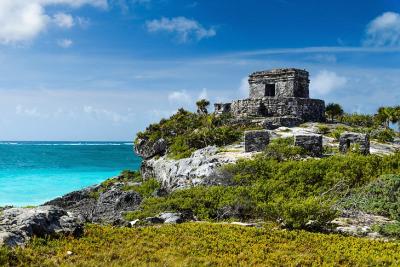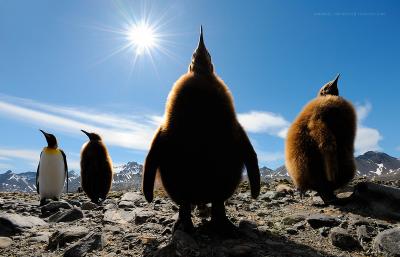Welcome to Ireland
Exploring the quiet, quaint delight of the Irish countryside can be done with the help of cycling. Most of the countryside has predominantly free access, but the trails are slightly marked. There are also more than 120 sailing and yacht clubs with numerous waterways and protected coastlines to be explored; surfers and watersport enthusiasts can also enjoy numerous fantastic beaches.
The Beara Way and the Sheep’s Head Cycling Route in Cork, in addition to the Kerry Way, are among the numerous sign-posted cycling trails. Cross-border routes are mostly on peaceful country roads that run through Donegal, Tyrone, Fermanagh, Leitrim and Sligo and include the 326 km North West Trail, which has recently been signposted. In the north, Ulster Way is the oldest and the longest walking trail with 625 miles divided into sections that are linked and connected to public transport. Further developments are planned.
Of the dozens of walking trails, you can pick a route that goes through or around mountain ranges (Wicklow Way, the Táin Trail, the Slieve Bloom Way and the Western Way) or you can walk around the entire peninsula via the Sheep’s Head Way, the Beara Way, the Kerry Way and the Dingle Way.
The accessible Bray-Greystones walks in County Wicklow, Croagh Patrick in Country Mayo and of Carrauntoohil, the new Diamond Hill trail and both Wicklow and Killarney national parks’ trails are other highlights for walkers.
Ireland also has a big range of birds that migrate seasonally as well as several rare species that visit its shores. This makes the country ideal for birdwatching fanatics with Wexford Wildfowl Reserve, Cape Clear and Castle Espie being the most bountiful grounds for this activity. Similarly, the winding coast and rolling hills are good for horse riding, which is a favourite for novice and experienced riders alike. There are several options and packages available for multi-day trail rides.
For golfing, the Kildare-based Golfing Union of Ireland provides information on over 400 clubs; there are also facilities for online bookings since this sport attracts significant numbers of visitors annually. Moreover, several opportunities are available for sea angling and fly- and game-fishing, which can be done in several rivers and lakes across Ireland.
Established in Cobh in 1720, the Royal Cork Yacht Club is believed to be one of the world’s oldest clubs; it’s certainly the oldest of the numerous sailing clubs in Ireland. Among the dozens of annual regattas, the Calves Week in Schull, and traditional boat festivals like the Wooden Boat Festival in Baltimore and Cruinniú na mBád in Kinvarra are hugely popular. For sheltered waters on the east coast, head to Dublin Bay, Cork Harbour and west Cork; Strangford Lough on the north coast of Donegal; Strangford Lough in County Down; and some of the larger lakes like Lough Derg in County Clare.
Other popular watersports are canoeing and kayaking. The sheltered coasts and inland waterways – particularly in west Cork, Dingle and Waterford– offer a variety of options from day-trips and tours to white-water racing for experienced and adventurous boatsmen.
Similarly, there are many great beaches for surfing; the Irish Windsurfing and Irish Kite-surfing Associations provide a list of operators and schools respectively. The best spots for kite- and windsurfing are: Tramore, County Waterford, Rosslare, County Wexford; Rusheen Bay, County Galway, Castlegregory, Kerry; Lough Allen, Leitrim; Keel Strand, Achill and Elly Bay, Belmullet, in Mayo; and Rossnowlagh, County Donegal. Surfers head for: Inch and Brandon Bay, Kerry; Garrettstown and Inchydoney, County Cork; Easkey and Strandhill, County Sligo; Lahinch, Clare; Bundoran and Rossnowlagh, County Donegal; Tramore, County Waterford and Portrush, Antrim;
Ireland also offers fantastic scuba diving - particularly off the rocky west coast– since the warm North Atlantic Drift passes the country.





